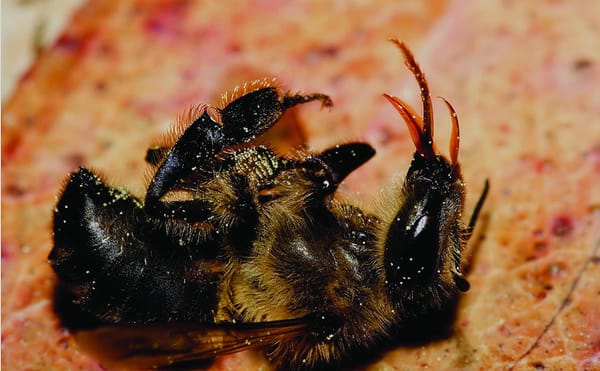Professor Higgs and the press collide
Felix Science goes along to the launch of the Science Museum’s new exhibition
This Tuesday saw the launch of the Science Museum’s latest exhibition, Collider. The £1 million exhibition was developed in close collaboration with CERN. It provides an insight into both the workings of the collider itself, but also takes visitors through the story of the discovery of the Higgs Boson, its latest successful endeavour in its research into particle physics. The exhibition itself provides a virtual experience of the conference at CERN that took place earlier this year, when they finally confirmed the boson to exist. Visitors sit in a mock up lecture theatre, whilst videos projected on the walls around them show members of the CERN team talking about the discovery. It was here that we were sat to watch the launch, with speeches given by those involved to explain just why Collider is a vital contribution to the plethora of other exhibitions the science museum has to offer. Professor Higgs himself was present for the unveiling, much to the excitement of the press and the scientific community, who turned up bright and early Tuesday morning to pose their questions. Universally acknowledged as a modest man, he rarely makes public appearances since the Nobel Prize that he was awarded in October, and obviously this was on the agenda for the press that were asking him questions. It was the press correspondent from the Independent that was the first to breech the subject of Tom Kibble, Imperial’s own physicist who contributed to the boson theory but missed out on the Nobel Prize. After enquiring as to whether or not Higgs has spoken to Kibble since the award, Higgs was kind enough to explain as to why Kibble had only just missed out: “I think not many people are aware that in 1964, there were a total of six people who published papers on the Standard theory. There was three groups, two people in Brussels, myself in Edinburgh, Tom kibble at Imperial College…the two people in Brussels were by a long way the first but they actually delayed publication because they thought there had been mistakes, but they were still ahead of me. “The other three at Imperial College lagged behind at time of publication and the consequence was that they were not given credit. When it came to the awarding of a Nobel prize, the guidelines seemed to be that there was no more than three per prize. “If Robert [Brout, American-Belgian theoretical physicist] was still alive he would have been one of the three. “Because he died, there was a possible gap as it were…it was to award the prise to the two survivors of the first three. “My opinion before the award was announced…was that if they were going to award it to three people they should include Tom Kibble, because what he wrote, in 1967, was abridged from my very simple model of 1964…his role was important and it was a shame that he was missed out.” The Director General of CERN, Professor Rolf Heuer, also attended the launch, opening with the statement, “I recognise CERN here.” He went on to explain what the exhibition was about: “It will fascinate people, it will give them a glimpse of what we are doing, how we are doing it, what is the spirit of CERN, and what is the spirit of the people working there.” His only criticism was about the office space displayed in the exhibition- “The office space you are seeing there is much too large for a single person!” However it was Ian Blatchford, Director of the Science Museum group, which gave the most impressive opinion on the Collider exhibition. “You can go and see pearls at the V&A, you can go and see Columbian gold at the British museum, you can see pulled clay at the Tate and you can see collider here and forgive the arrogance, but of those four, I think, the most pioneering and the most ambitious is here.” After the talks, the press were invited to take a look around the exhibition, which Keir has reviewed below. We also managed to talk to the researcher who was the first to realise that the boson had transcended from a theory to reality, Mingming Yang. The event is now open to the public, is running for six months, and entry is free.






